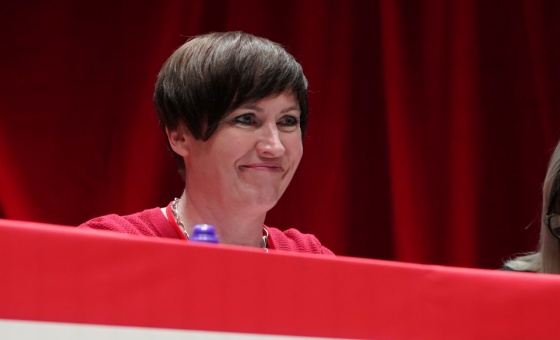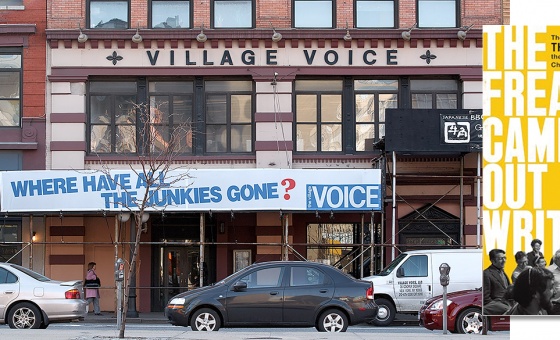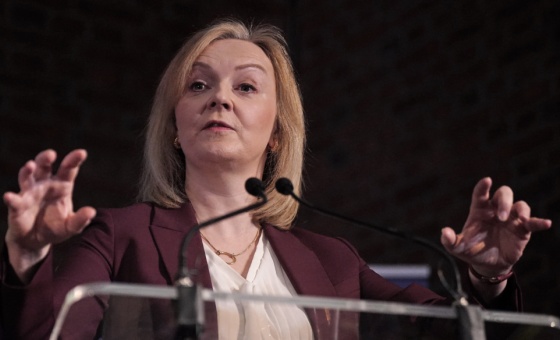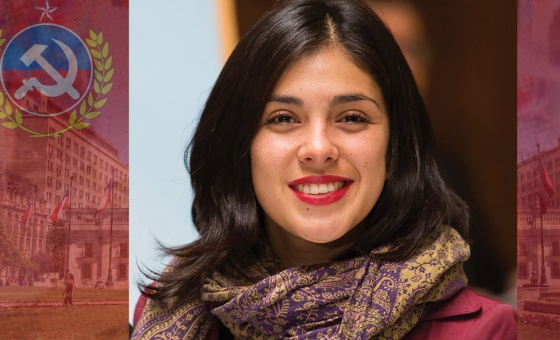This is the last article you can read this month
You can read more article this month
You can read more articles this month
Sorry your limit is up for this month
Reset on:
Please help support the Morning Star by subscribing here
ON MARCH 1 the Labour Party decided to embark on what might well be the final stage of its mutation into a non-labour party.
Delegates to its special spring conference decided by an overwhelming majority to weaken, perhaps fatally, the collective basis of trade union involvement in the party.
They endorsed the main proposals of a review chaired by Lord Collins, agreeing to abolish the electoral college which elects the party’s leader and deputy leader, including its trade union and socialist societies section.
They backed phasing out the system whereby workers in affiliated unions can pay a political levy and vote in Labour Party leadership elections.
The conference agreed to introduce instead a new “affiliated supporters” category for workers to be enrolled in the party locally at a reduced rate, with a vote in Labour leadership ballots no longer administered by their union.
It also raised the threshold required for nomination to stand for the leadership from 12.5 per cent of Labour MPs in the Parliamentary Labour Party (PLP) to 15 per cent.
Collins also suggested limiting severely the money trade unions can spend during party leadership campaigns and during the selection process for parliamentary candidates.
The 2.7 million workers who pay a political levy to the Labour Party will be disenfranchised during the transition period to 2019.
They can only vote in future leadership elections if they opt to become affiliated supporters, registered supporters (similar but without their fees paid through their union) or full members of the party at a much higher rate.
Supporters may attend but not vote in local party meetings and they will be screened locally to keep out members of other political parties.
This erosion of trade union influence in Labour has only been made possible by the acquiescence of trade union leaders and union representatives on Labour’s national executive committee (NEC).
At crucial points even left-inclined union leaders have yielded when concerted resistance might have saved party democracy.
At the March 2014 conference only the Bakers, Food & Allied Workers Union and Young Labour voted against the Collins proposals.
Why did all the other trade unions and even some left MPs and prominent activists support the latest reforms?
Why have the unions swallowed a new raft of measures which threaten to complete the mutation of the Labour Party into a British version of the US Democrats?
First, they did not want to embarrass Labour leader Ed Miliband in the run-up to the 2015 election by sinking his constitutional flagship.
Second, many critics fell into line because the reforms were not quite as regressive as had earlier been feared.
In the pre-conference period, the possibility had been floated that the nomination threshold for leadership candidates could be 20 per cent of PLP members or higher, while also allowing “open primaries” of almost anyone to elect the top two Labour leaders as well as Labour’s candidate for London mayor.
Third, some gullible trade union leaders were mollified by the promise of a review of the new system as it unfolds.
Yet the Collins review itself became the vehicle for weakening union influence on the pretext of assessing the Labour-union link in light of earlier reforms.
And some reluctant reformers appear to have convinced themselves that the proposed changes really will open Labour up to an influx of trade union supporters.
They may even imagine that they can influence how the mass of their own members will vote under the new system.
But all the available evidence suggests that most of their members will not enrol and that those who do will be shielded from union influence as much as possible during the election process.
Only 234,000 trade union political levy payers voted to decide who should lead Labour after Gordon Brown in 2010. That’s under 10 per cent.
Of them, 60,000 were already full party members.
The number of affiliated members who will now opt to enrol as affiliated supporters is unlikely to exceed the non-party members who voted back then.
Certainly the decision in 2010 to allow registered supporters to join the party for free and eventually take part in leadership ballots has been a flop.
Labour Party officials refuse to disclose the enrolment figures.
Since the March conference the Unite union’s executive council has already slashed the union’s number of Labour Party affiliates by half, to 500,000, and expects the number of affiliated supporters to be far fewer at the end of the transition period.
GMB general secretary Paul Kenny reckons that fewer than 60,000 of his union’s 400,000 levy payers will opt for affiliated supporter status.
Far from drawing more of the several million levy payers into active participation in the Labour Party then, the impact of the special conference decisions will be to push most out altogether.
Moreover affiliated unions will be excluded from the balloting process and so will no longer be able to issue a collective view to their members alongside ballot papers.
Before and since the conference new Labour and other right-wing figures in the party have demanded that low numbers of affiliated supporters should trigger a further reduction in trade union representation on the NEC and at conference.
Labour’s mutation from a broad, federal party based on the working class and labour movement to a mass of atomised individuals will be nearing completion.
The whole thrust of organisational change in the Labour Party from the 1990s and 1997’s Partnership in Power onwards has been towards reducing trade union influence locally and centrally and closing down democratic policy-making.
Successive reforms have ended direct union voting in the selection of parliamentary candidates, shrunk the share of union votes at the annual policy conference, transferred powers from the conference to policy forums and commissions and abolished trade union collective voting in choosing party leaders.
Over the same period power within the party has been increasingly centralised in the hands of the leadership and its functionaries, working from offices funded by wealthy donors.
Through a combination of bribery and coercion, successive leaders have imposed their preferred Westminster and European parliamentary candidates on constituency Labour parties.
It’s no accident that these structural changes have gone hand in hand with the new Labour drive to abandon a social-democratic outlook in favour of a neoliberal one.
Politically, the central purpose of the reform process has been to make Labour even safer for big business.
First, Clause IV of the party’s constitution was rewritten to eliminate its socialist objectives.
Since then policies supporting public ownership in a mixed economy, full employment, macro-economic planning, substantial wealth distribution, progressive taxation and a strong welfare state have all been jettisoned.
Labour conference decisions to renationalise the railways and Royal Mail and for a review of the Private Finance Initiative have simply been ignored, while policies to introduce student tuition top-up fees and create foundation hospitals have been introduced by Labour governments with no democratic mandate to do so.
More recently Miliband and his shadow chancellor Ed Balls have made clear their intention to continue with privatisation, public spending cuts, the “welfare cap” and the public-sector wage freeze should Labour win the general election.
The most recent capitulations to neoliberalism coincided with the decision to call the Collins review in July 2013, following a campaign of Tory, media and big business lies about Unite officials involved in an industrial dispute at the Grangemouth oil refinery and the selection of Labour’s parliamentary candidate in nearby Falkirk.
That the special conference then passed the resulting reforms in just two hours speaks volumes about the party leadership’s contempt for what little remains of inner party democracy.
The downgrading of Labour conferences makes it all the more serious that trade unions will no longer have any significant role in the election of what has become an omnipotent party leadership.
Raising the threshold of PLP nominations needed to stand for the party leadership will also make it even more difficult for a socialist to run than left MP John McDonnell discovered in 2010.
Why do these regressive organisational and political developments matter?
What will they mean for workers, socialists and communists?
This is a question that should exercise the entire British labour movement.
Robert Griffiths is general secretary of the Communist Party of Britain.








